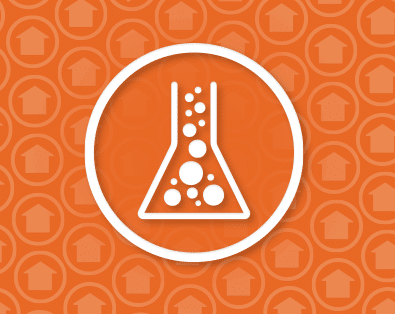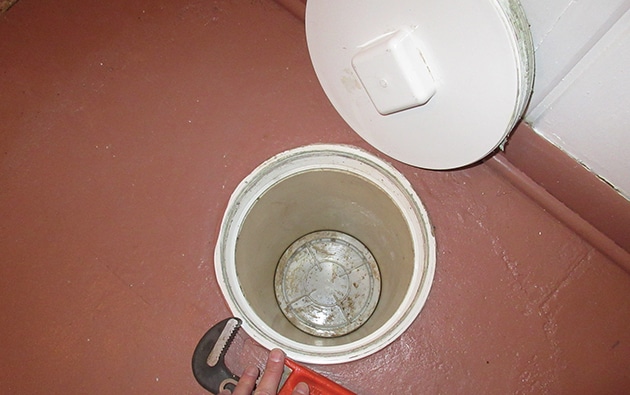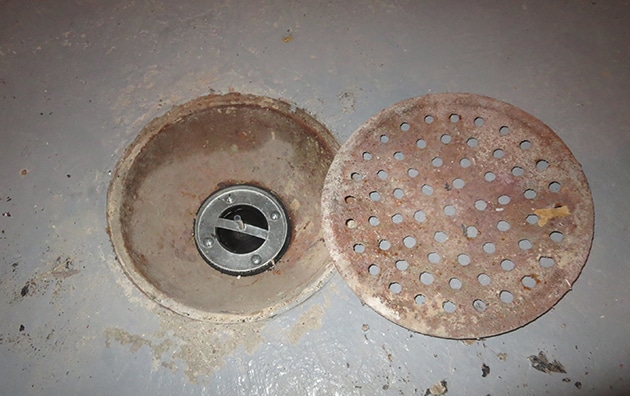Sewer Backup Solutions

Flooding in the lower level of a home is always a serious problem. It can occur because of exterior surface flooding,
plumbing breaks or a sanitary sewer backup. What clues indicate a sanitary sewer backup? How does it occur? It’s important to examine this during a home
inspection.
Signs of a Sanitary Sewer Backup
The most serious water problem in a home is sanitary sewer flooding. This creates health and safety issues, and it
also damages finished surfaces. Backups can occur when the municipal sewer system is overcharged during a heavy rain
or when there’s a main sewer blockage downstream from the home. Backups may also occur on a routine basis.
Specialized cleanup is necessary after a sanitary sewer backup.
Typical signs of a backup are water stains or damage (including horizontal water lines on surfaces) and freshly
cleaned or refinished surfaces. You might also find various mechanical clues indicating that a one-time or ongoing
problem has been covered up.

Sanitary Sewer Check Valve – A Professional Solution
One professional solution to ongoing sewer backups is to install a check valve in the lowest level of a home
(Illustration P040). The floor is cut open and a check valve is installed in the main sewer line as it exits the
home. If sewage backs up, the valve closes.
Identifying this type of valve is straightforward: There is always an access cover in the floor (Photo 1). When you
remove the cover, you’ll see a second cover over the valve. This access allows routine cleaning of the valve.

Floor Drain Ball Check — One Homeowner’s Solution
You might also find a small rubber ball mounted on the thin vertical shaft and bracket in the floor drain (Photo 2).
In this case, if sewage backs up, the ball floats into the housing and stops the flow. These types of check valves
also need to be maintained regularly, but most often they’re not—most are stuck, rusted or damaged in other
ways.
Standpipe for the Floor Drain — The Engineer’s Solution
Since water always “seeks its own level,” one good way to stop water from backing up into the basement is by placing
a standpipe in the floor drain (Illustration B063). Rising water backs up into the pipe. The level of water in the
standpipe will always be the same as the level in neighbors’ basements.


The Takeaway
Whenever you see visible signs of water damage or a sewage backup or cleanup, you must report this to the buyer for
further investigation. A “smart science” inspector will note the existence of a standpipe or sewer check valve and suggest further
evaluation. Sellers can and do hide this type of problem. You might also suggest that the buyer check with experts at the local
municipal engineering department—they know where sewer problems occur.
To Read the Full Article
ASHI offers its members unparalleled resources to advance their careers. ASHI offers training for inspectors at all levels of knowledge and experience, including resources about all major home systems. Members benefit from a vast network of experienced professionals, providing a community for mentorship and knowledge sharing..
In this Issue

FIND A HOME
INSPECTOR
Professional Networking
Grow your professional network, find a mentor, network with the best, and best part of the community that’s making home inspection better every day.
